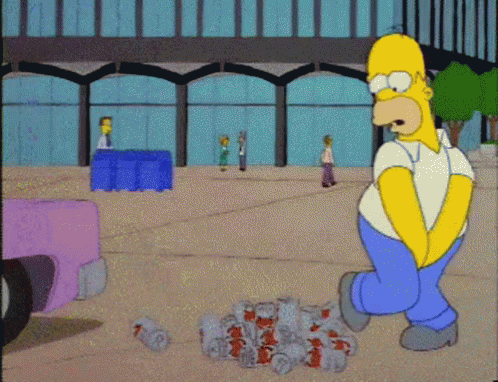SUNY Albany
The De Center
➪
The De Center ➪
SUNY ALBANY | the DE CENTER
What if large university doing some of the most cutting edge research in the world on everything from AI, to climate science, to poetry and photography had a place that could connect all of these fields?
what if…
that place could offer students unique learning opportunities, academics otherwise inaccessible perspectives, and the university itself greater standing in the academic world?
what if…
that place could offer students unique learning opportunities, academics otherwise inaccessible perspectives, and the university itself greater standing in the academic world?
















